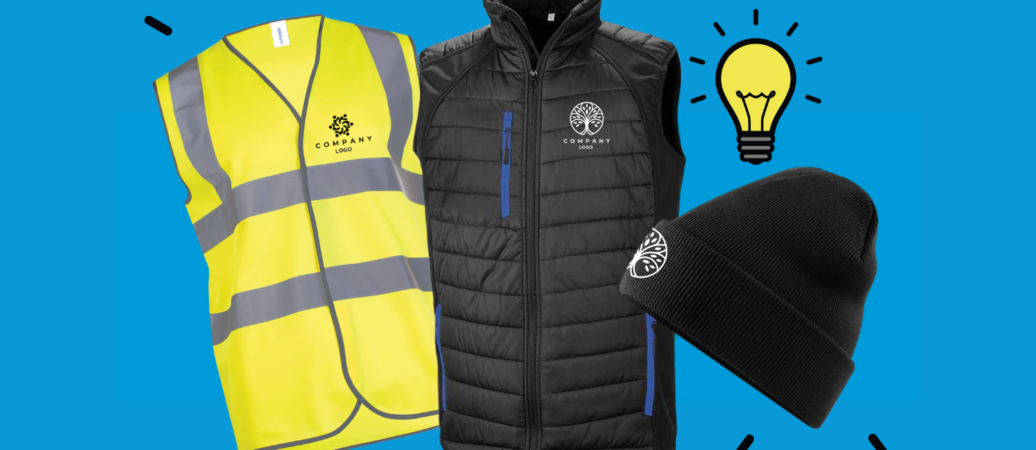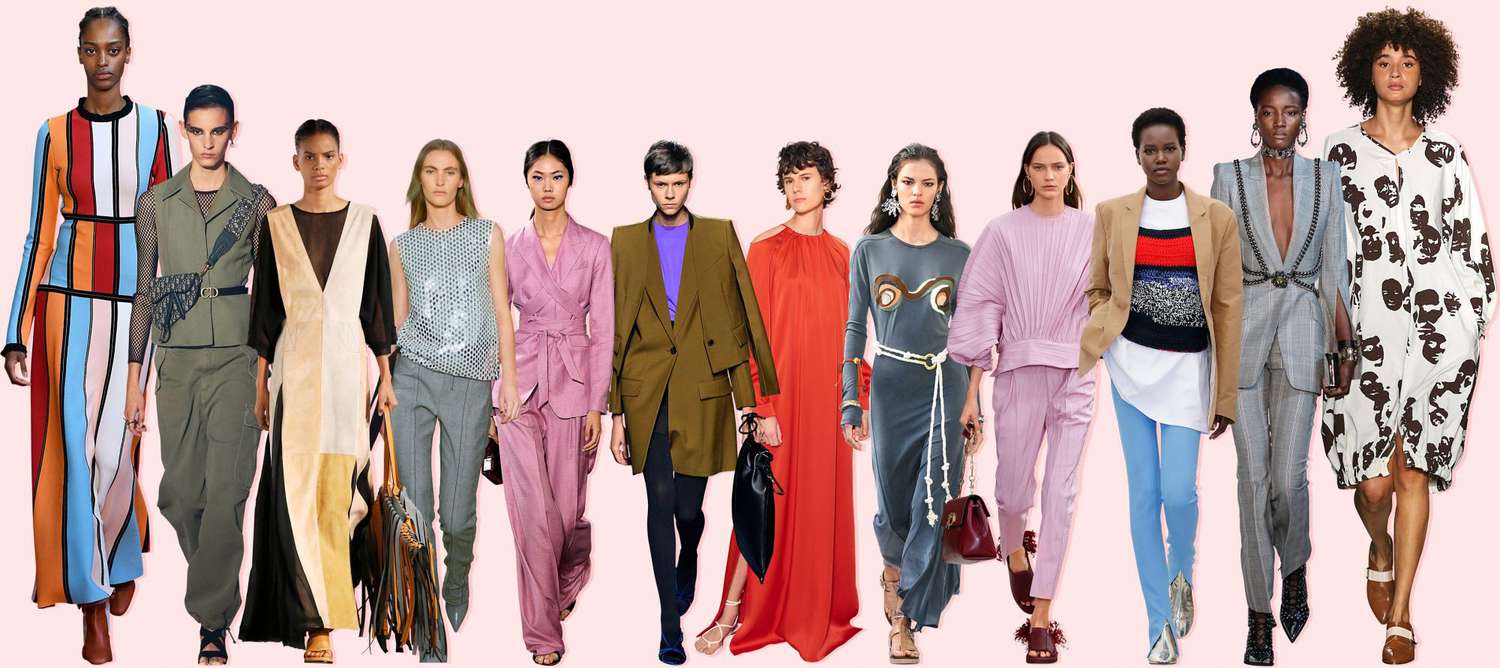The Relevance of Lasting Clothing: How It Impacts the Environment and Your Closet
Sustainable garments is increasingly identified for its crucial role in reducing the environmental effect of the quick fashion business. By concentrating on environmentally friendly products and ethical manufacturing approaches, it attends to pushing eco-friendly concerns. This change not just profits the world but additionally influences customer choices, bring about an extra thoughtful strategy to closet administration. Comprehending these dynamics increases vital concerns about style's future and personal duty fit it.
The Environmental Footprint of Rapid Style

Advantages of Sustainable Products
Sustainable materials provide substantial benefits, especially via green material options that minimize ecological injury. These materials likewise show sturdiness and long life, minimizing the need for frequent substitutes. Consequently, they add to a much more lasting fashion business and advertise accountable consumer actions.
Eco-Friendly Textile Options
While the fashion business has long been connected with rapid trends and ecological damage, the surge of eco-friendly textile options presents a transformative opportunity. Lasting materials such as natural cotton, hemp, and Tencel have obtained appeal due to their lower eco-friendly influence. These fabrics are often produced without unsafe pesticides and call for much less water, minimizing their carbon impact - Branded Clothing. Additionally, numerous environment-friendly fabrics are naturally degradable, contributing to a round economy by lessening waste. Choosing lasting products not only supports eco accountable practices however likewise promotes much healthier communities. As customers become much more familiar with their purchasing power, the demand for environmentally friendly materials urges brand names to innovate and embrace even more lasting production techniques, eventually benefiting the world and future generations
Toughness and Longevity Benefits
Numerous customers are increasingly recognizing the longevity and long life advantages of lasting products in their garments choices. Unlike traditional materials, sustainable materials such as organic cotton, hemp, and recycled polyester are crafted to withstand wear and tear, causing garments that last longer. This minimized frequency of replacement not only conserves consumers cash in time yet additionally decreases waste generated by rapid style. Furthermore, sustainable clothing typically employs green manufacturing approaches that enhance material strength, adding to a reduction in the general carbon impact. By purchasing long lasting clothing, customers can grow an extra lasting wardrobe while appreciating high-quality pieces that keep their visual and performance in time. As a result, sturdiness and long life stand as vital benefits of choosing sustainable products.
Minimizing Waste Through Sustainable Practices
Reducing waste in the garment industry can be accomplished through cutting-edge methods such as upcycling and repurposing materials. Additionally, taking on minimalist closet techniques urges customers to prioritize top quality over amount, inevitably decreasing apparel usage. Together, these techniques contribute significantly to a more lasting garments version.
Upcycling and Repurposing Products
Upcycling and repurposing products have arised as ingenious techniques in the apparel industry, changing discarded textiles right into valuable new items. This method not only decreases waste however also encourages creative thinking and uniqueness in apparel style. By taking old garments and materials, designers can produce distinct items that reflect individual style while minimizing the need for new sources. Additionally, upcycling commonly calls for less energy and water compared to conventional production procedures, considerably decreasing the environmental impact of style. As consumers come to be more knowledgeable about sustainability, the appeal of upcycled apparel remains to rise, promoting a circular economy. Eventually, these methods add to a more sustainable future, where fashion focuses on ecological health over fast manufacturing and consumption.

Minimal Wardrobe Techniques
As individuals progressively seek to reduce their environmental impact, taking on minimalist wardrobe strategies has gained traction as an effective approach to lasting style. These methods highlight quality over amount, motivating consumers to curate a smaller collection of versatile, sturdy apparel. By concentrating on classic pieces that can be mixed and matched, people can minimize the frequency of purchases and inevitably lower waste.Additionally, minimalism advertises conscious intake, urging customers to mirror on the environmental and moral effects of their selections. This approach not just cultivates a much more sustainable way of living however also streamlines everyday decision-making concerning clothing. As individuals accept minimal concepts, they add to a style culture that values sustainability and liable consumerism, eventually causing a more eco-conscious culture.
The Function of Moral Labor in Sustainable Style
While several consumers are progressively knowledgeable about the environmental effects of their apparel choices, the value of moral labor methods in sustainable style can not be overlooked. Honest labor encompasses reasonable wages, risk-free working problems, and regard for workers' rights, forming the backbone of accountable style manufacturing. Brand names that focus on honest labor not just uplift areas but likewise set a requirement for responsibility in the industry.Moreover, the assimilation of ethical practices promotes transparency, allowing customers to make educated choices concerning their purchases. This method contrasts sharply with rapid fashion's unscrupulous labor models, which frequently focus on revenue over people. By sustaining firms dedicated to moral labor, consumers add to a system that values human self-respect along with environmental sustainability. Consequently, honest labor is not simply an add-on; it is important to the more comprehensive mission of sustainable fashion, guaranteeing that the mission for eco-friendliness does not come with the expenditure of human rights.
The Effect of Sustainable Clothing on Carbon Emissions
Lasting garments has the prospective to significantly reduce carbon discharges associated with the fashion business. Conventional garment production adds significantly to greenhouse gas emissions, primarily due to energy-intensive manufacturing processes and the usage of non-renewable sources. On the other hand, lasting fashion focuses on environmentally friendly materials, such as natural cotton or recycled fibers, which commonly call for less power to produce.Moreover, sustainable brand names tend to take on a lot more effective production practices, minimizing waste and reducing overall exhausts. By prioritizing resilience and classic style, sustainable garments encourages customers to look at this site get much less frequently, additional decreasing the carbon impact connected with overconsumption.Additionally, several sustainable brand names are devoted to transparency in their supply chains, allowing consumers to make enlightened choices that line up with their worths. Eventually, changing in the direction of lasting apparel can cause a considerable reduction in carbon emissions, adding to a healthier world and a much more sustainable future for the apparel industry.
Sustaining Local Economies With Sustainable Choices
The shift towards lasting clothing not only addresses ecological worries yet likewise substantially advantages regional economies. By selecting lasting fashion, consumers commonly sustain neighborhood craftsmens and local business, enhancing community resilience. These enterprises generally operate on a smaller scale, prioritizing craftsmanship and ethical practices over mass production.Investing in locally made sustainable clothes fosters job creation and stimulates economic development within areas. As consumers end up being a lot more familiar with the environmental impact of their acquisitions, they significantly choose products that reflect their values. This need urges neighborhood suppliers to take on lasting methods, contributing to a circular economy.Moreover, supporting local businesses reduces transport discharges, aligning with eco-conscious customer habits. The interconnectedness of sustainable clothing and neighborhood economic situations highlights the vital role that individual selections play in promoting both economic and ecological wellness. By cultivating these regional connections, areas can prosper while also functioning towards an extra lasting future.
Changing Your Storage Room: Tips for a Sustainable Wardrobe
As people look for to decrease their ecological effect, transforming a storage room into a sustainable closet ends up being an important step. One reliable technique is to review existing apparel, keeping just items that are put on consistently and that straighten with sustainability goals. Focusing on quality over amount is vital; spending in long lasting items from eco-friendly brand names can significantly decrease waste.Additionally, incorporating used things can rejuvenate a wardrobe while minimizing environmental damage. Organizing apparel swaps with pals or contributing extra products can further promote sustainability.When shopping, individuals ought to look for materials that are organic, recycled, or biodegradable, and prevent rapid style retailers - Branded Clothing. Practicing mindful usage by thoughtfully thinking about each acquisition can add to an extra lasting way of living. By executing these ideas, one more can produce a closet that shows personal style while supporting environmental stewardship
Regularly Asked Concerns
Exactly How Can I Determine Sustainable Clothes Brands?
To determine lasting garments brand names, one must look into materials made use of, examine for certifications like Fair Trade, and analyze the brand's transparency regarding their manufacturing procedures, labor techniques, and ecological influence, making sure moral and environmentally friendly practices are focused on.
What Are the Costs Related To Sustainable Style?
The costs related to sustainable style can differ substantially. Greater production expenses, ethical sourcing, and environmentally friendly materials typically cause enhanced list prices, which might prevent some consumers while attracting ecologically conscious shoppers.
Can Lasting Clothes Be Trendy and Fashionable?
Sustainable clothing can certainly be fashionable and stylish. Designers increasingly prioritize cutting-edge materials and moral production approaches, confirming that fashion and sustainability can coexist. Customers now have varied choices that blend aesthetic appeals with check over here environmental awareness.
Exactly How Does Laundering Clothes Affect Their Sustainability?
Cleaning garments greatly influences sustainability by consuming water and energy, adding to air pollution, and causing microplastic release. Constant washing can weaken materials, reducing their life-span and enhancing the demand for replacements, ultimately intensifying ecological issues.
What Is the Life-span of Sustainable Garments Contrasted to Fast Fashion?
The life-span of sustainable garments usually surpasses that of quick fashion things, typically lasting a number of years as a result of high quality products and craftsmanship. On the other hand, rapid fashion garments might degrade quickly, requiring more frequent substitutes. Sustainable garments is progressively acknowledged for its important function in reducing the ecological effect of the fast fashion market. While numerous consumers are progressively aware of the environmental repercussions of their apparel selections, the value of moral labor techniques in lasting fashion can not be neglected. Branded Clothing. Sustainable clothes has the possible to greatly lower carbon exhausts linked with the fashion market. In contrast, sustainable fashion focuses on green products, such as organic cotton or recycled fibers, which usually need less energy to produce.Moreover, lasting brands tend to embrace a lot more effective production methods, lessening waste and reducing general emissions. By prioritizing resilience and timeless layout, lasting apparel urges customers to get less frequently, additional decreasing the carbon impact connected with overconsumption.Additionally, many lasting brands are devoted to transparency in their supply chains, enabling customers to make enlightened options that straighten with their values